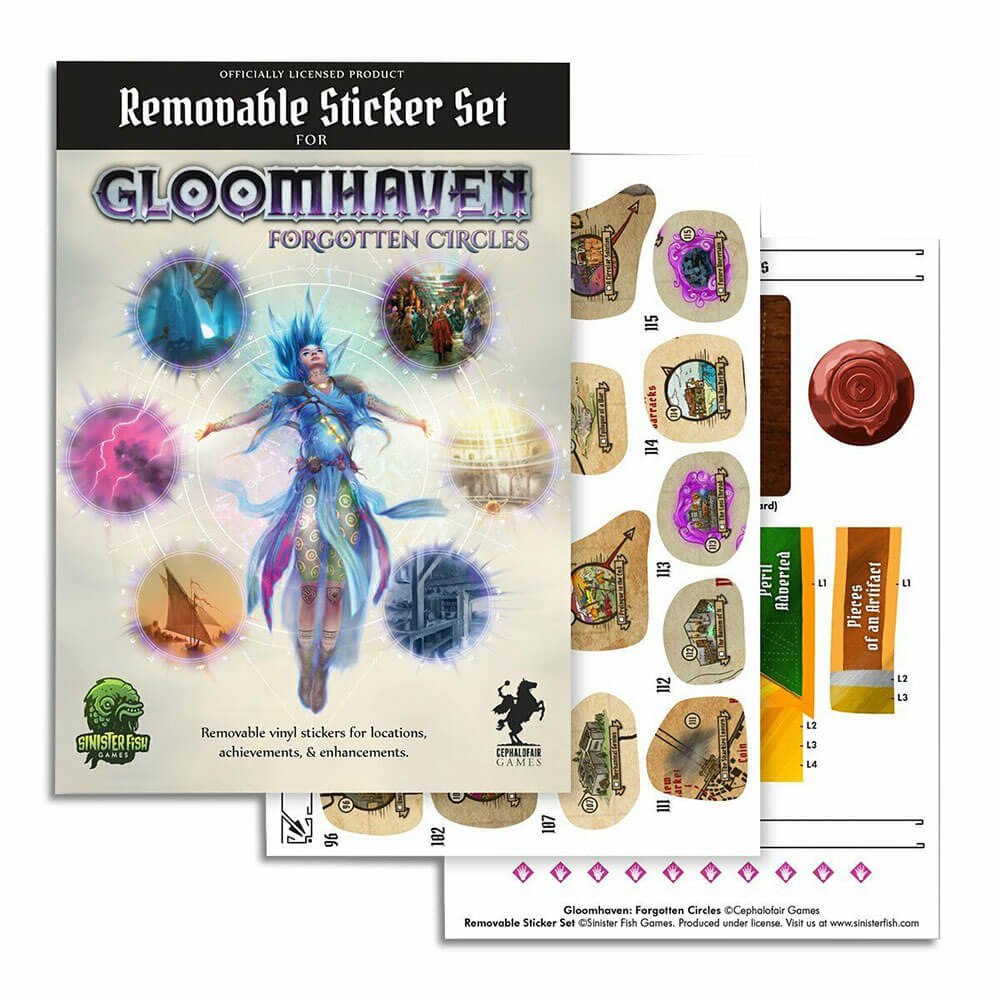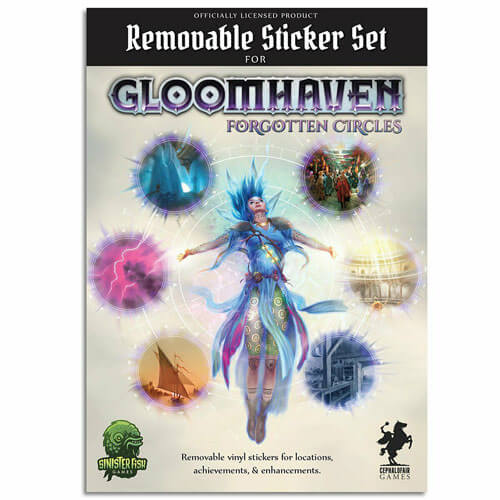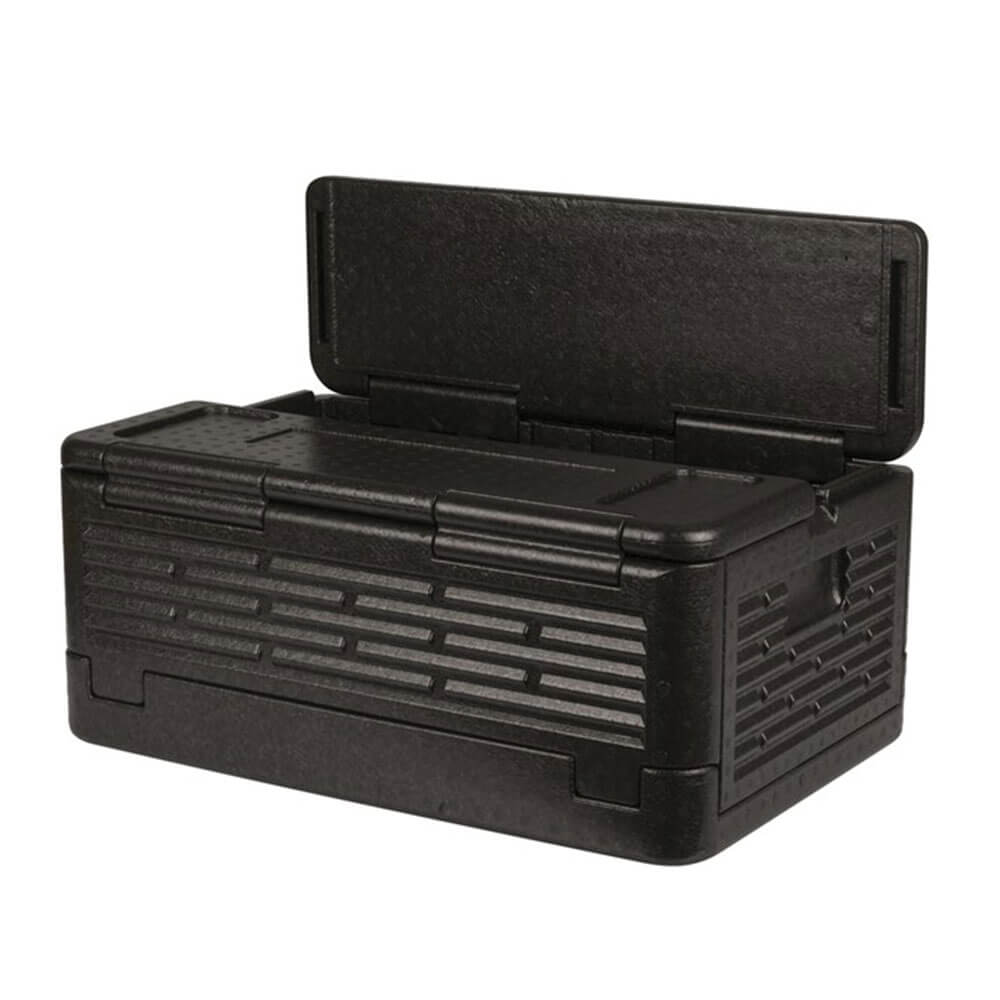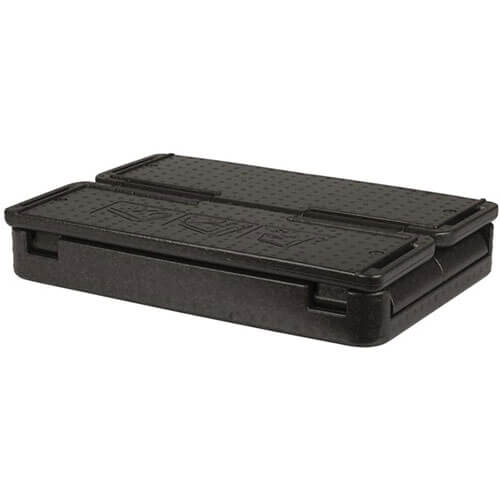Too Much Sun is Not Good for Plants
Most people know that they should avoid being exposed to too much sunlight, but few are aware of the many ways in which excessive exposure can harm plants. While humans may enjoy basking in the warm rays of summer sunshine, for example, it damages many varieties of vegetation and even kills some types of lawn grasses.How Plants Get Damaged from Too Much Sunlight

Too much sun, just like too little, can be harmful to plants. For example, although too little sunlight causes plant growth to slow down, too much sunlight can result in plant death. Plants can die from sunburn when exposed to temperatures above 90 degrees Fahrenheit or 32 degrees Celsius for extended periods, such as when you plant a large tree too close to a house. In addition, plants absorb ultraviolet radiation (UV) during the day and turn it into heat that damages their cells, which is why they get damaged from too much sun. Plants also get damaged from too much sunlight in other ways, by having their structures weakened or injured. In addition, a plant can get wounded by tools such as shovels and hoes used to dig them out of the ground.
How to Protect Your Plants from Too Much Sunlight
With proper care, plants can survive both too much and too little sunlight. However, it is never a good idea to plant shade-loving trees or shrubs near dark-coloured structures such as houses or fences, especially if contact with the system will be unavoidable over time. Here are some simple tips for you to keep your plants healthy even during a heatwave:Water Them Early in the Morning

Watering plants in the morning reduces their exposure to sunlight by providing them with shade from the sun. Watering in the middle of the day, on the other hand, increases a plant's risk of developing severe sunburn during peak heat hours. If possible, water early in the morning before sunrise or use an automatic timer for your spring or drip irrigation system. Keep in mind that morning watering may cause the grass to look a bit brownish. However, it will recover as soon as the sun goes down again.
Keep Germinating Seeds and Seedlings in Shade
Seeds germinate best at cooler temperatures, so plan them alongside your preferred plants with similar sunlight requirements. Keep seedlings at a minimum of 4 inches (10 cm) away from the hottest parts of your home until they are established.Always Water New Plantings
New plantings often dry out quickly, so check them regularly for signs of wilt if you see wilting or brown leaves; water the plants early in the day before the temperature rises and keep watering until healthy growth resumes.Apply Mulch to Garden Beds
Mulch protects plants from light that heats the ground. As a result, it also keeps them more relaxed and reduces water loss through evaporation. You can apply mulch to garden beds made of soil or natural materials such as wood chips, bark mulch, or even straws or hay. However, do not use black plastic mulch, as it will absorb all of the sunlight and warm up quickly.Use Shade Cloth or Row Covers

Shade cloth and row covers protect plants from excessive sunlight by providing a physical barrier. As an added benefit, they also protect against frost in cold weather. However, keep in mind that these products need to be anchored down securely (or supported with stakes) to withstand high winds and heavy rains to be effective for the long term. Be careful to avoid covering plants in the spring, during flowering, or when fruits are set. Check these covers regularly for signs of damage and wear. High-quality shade cloths and row covers made of tightly woven material will protect your plants from excessive sunlight without significantly affecting their photosynthesis rate, even on hot days.








